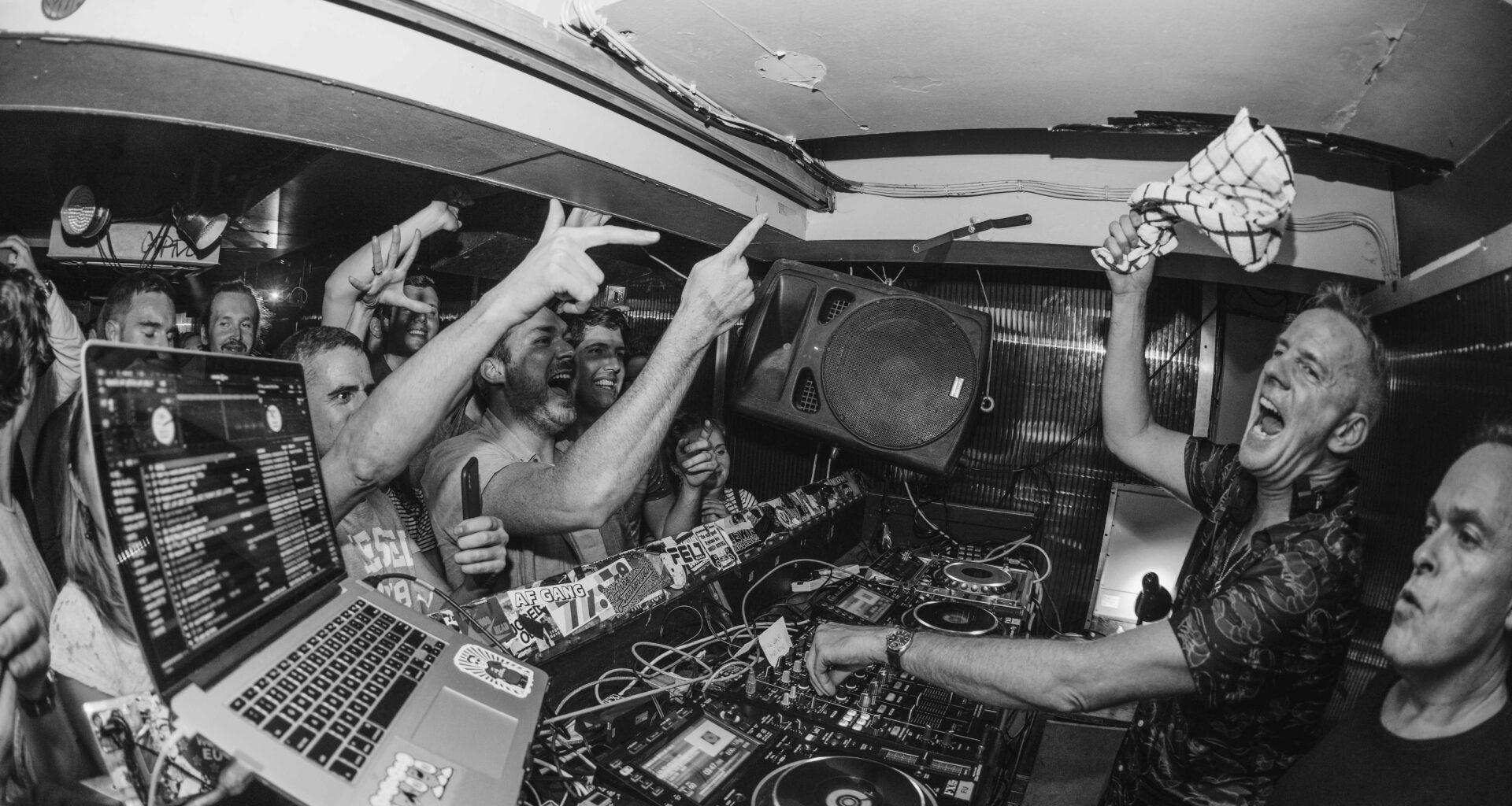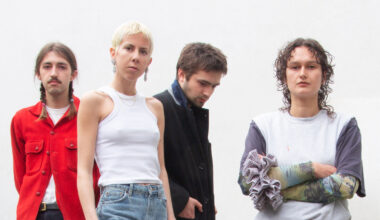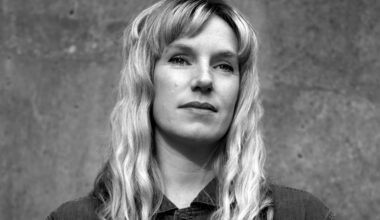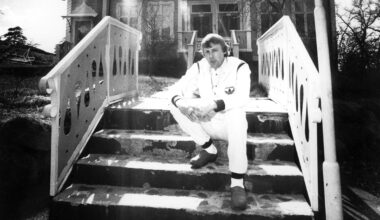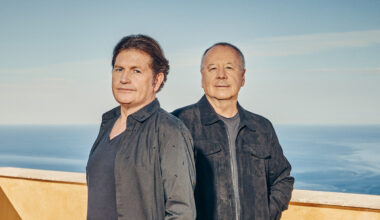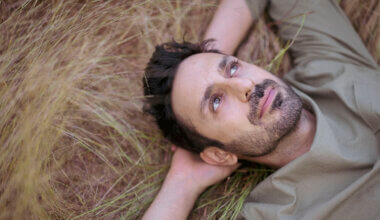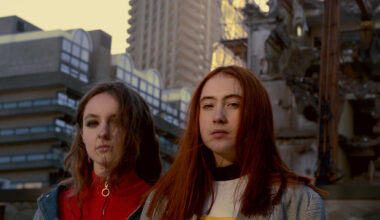In a sticky-floored pub basement in London’s West End, the Heavenly Sunday Social club night gave birth to an entire genre. The author of a new book on the label talks us through the chaos
Want to read more?
Sign up to Electronic Sound Premium to gain access to every post, video, special offers, and more. 100%, all you can eat, no commitment, cancel any time.
Already a premium member? Log in here
